This bird has been described as pretty mundane, Which I think is a little unfair. Cute in their own right, they wear their yellow waistcoat and grey cap with pride. However, there is one variation of this species that is quite simply stunning. Meet the pale yellow robin.
1 / 10
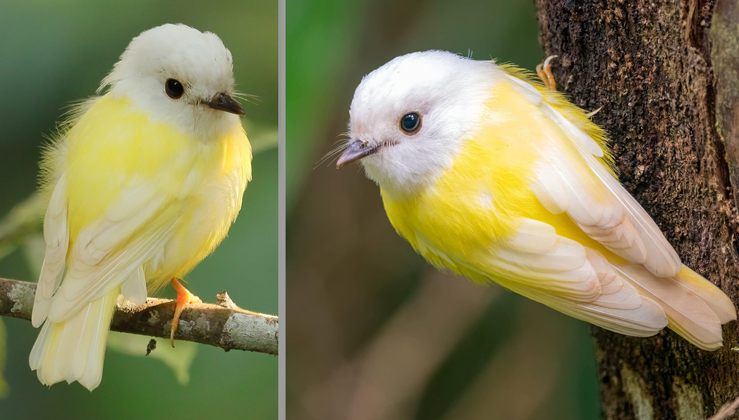
The pale-yellow robin (Tregellasia capito) is a species of passerine bird in the family Petroicidae. It is endemic to eastern Australia. Its natural habitat is subtropical or tropical moist lowland forests. It is a nondescript bird with grey head and olive upperparts, white throat and yellow underparts. The sexes are similar. Two subspecies are recognised: the smaller nana from North Queensland, and the larger and uncommon nominate race capito from southeast Queensland and northeastern New South Wales. It is insectivorous.
2 / 10
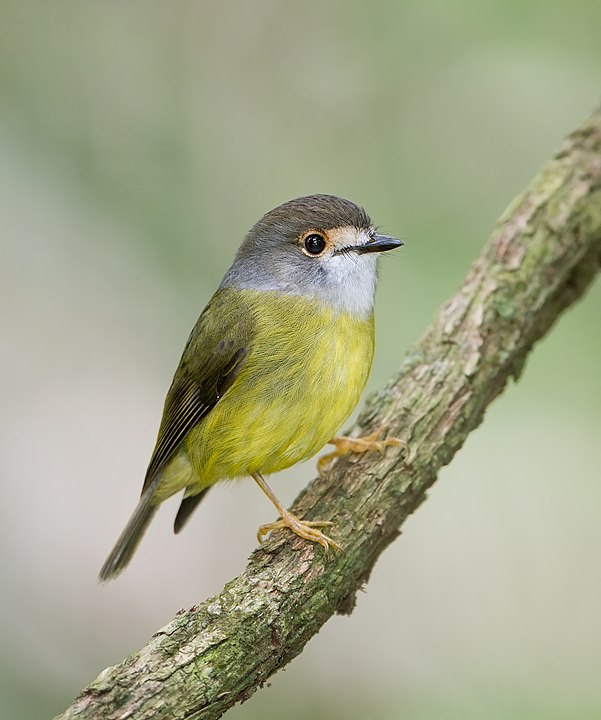
The pale-yellow robin was first described by ornithologist John Gould in 1854. For many years, it was classified with the other yellow robins in the genus Eopsaltria, on the basis of plumage, nests, and behaviour. Others have placed it with the genus Poecilodryas, due to the similarly plumaged fledglings. However, the closest relatives of both it and the related white-faced robin remain unclear, and are hence placed in their own small genus Tregellasia, originally erected by Gregory Mathews in 1912. Photo Courtesy of JJ Harrison / CC BY-SA 3.0
3 / 10
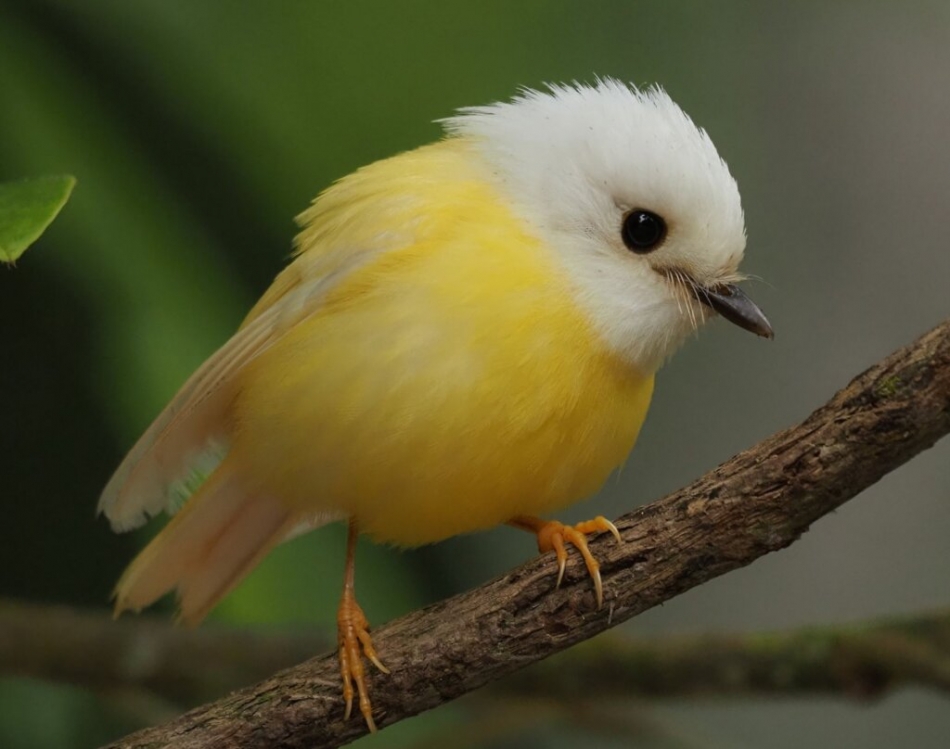
Like all Australian robins, it is not closely related to either the European robin or the American robin, but belongs rather to the Corvida parvorder, comprising many tropical and Australian passerines, including pardalotes, fairy-wrens and honeyeaters, as well as crows. Alternate common names given to the species have been large-headed robin and pale robin. Image credit: Len and Chris Ezzy / McCaulay Library
4 / 10
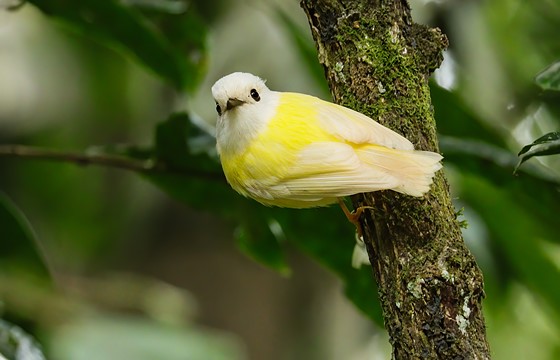
The male and female pale-yellow robin are similar in plumage. Measuring 12–13.5 centimetres (4.7–5.3 in) and weighing 15–18 grams (0.53–0.63 oz), it is a bird of subdued appearance, with grey head and nape blending into olive-green upperparts, more brownish on the wings and tail. The throat is white, and the lores are off-white in the southern race and buff in the northern race. Image credit: Reddit//Rshots
5 / 10
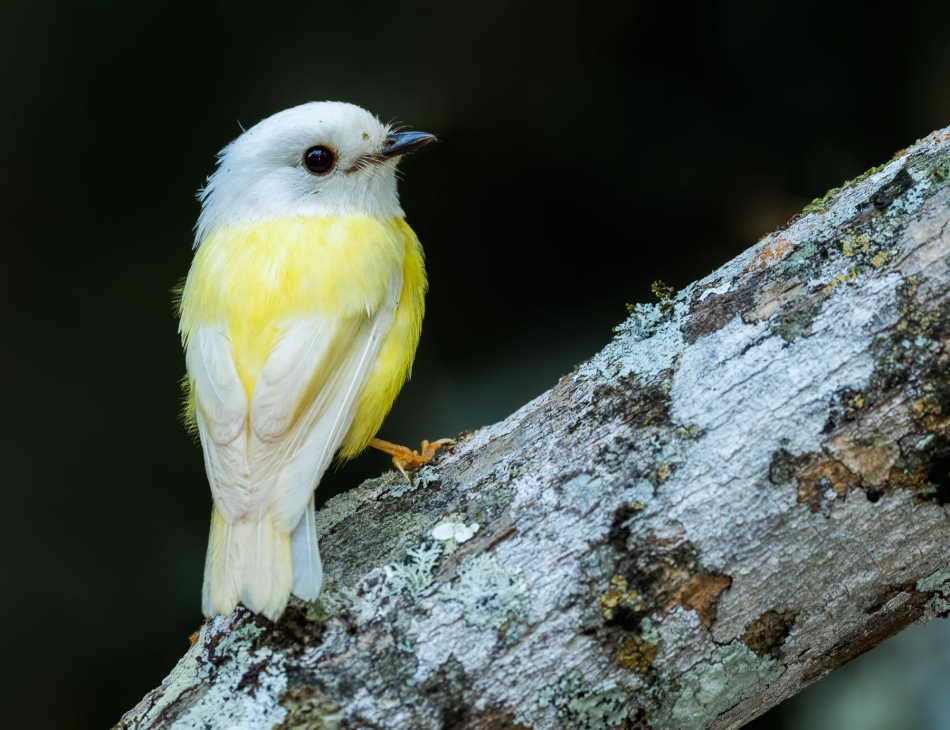
The breast and belly are yellow. The legs are yellow-orange and the iris dark brown. The thin black bill is around 1.5 centimetres (0.59 in) long. Juvenile birds are rufous with paler streaks on the head. It can be distinguished from the eastern yellow robin, as the latter bird has black legs and is a little larger. Image credit: Reddit//Rshots
6 / 10
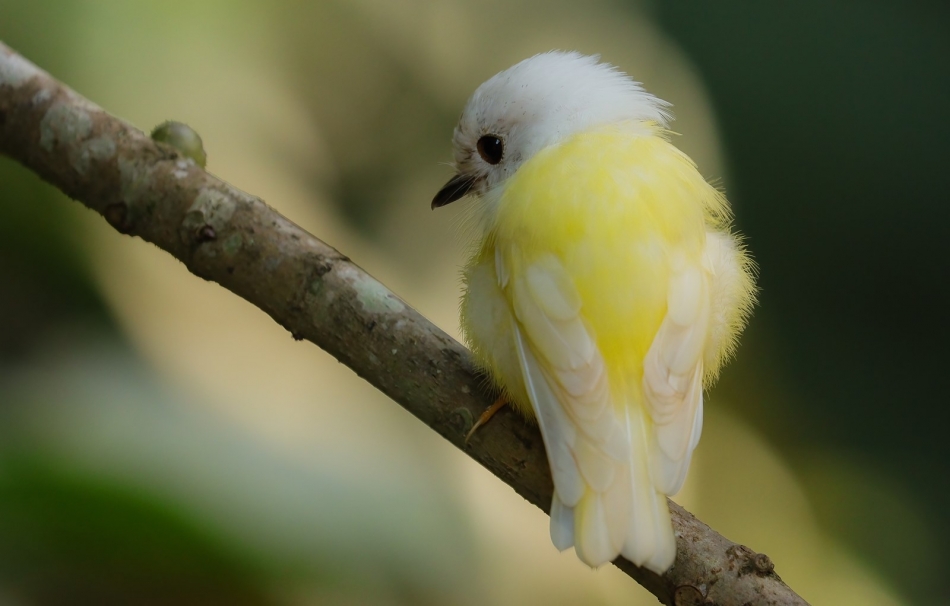
The pale-yellow robin makes a trilling call when displaying or defending its territory. The Pale yellow robin has an olive back, with a gray head and yellow belly, with a white patch just beneath the bill. Both males and females look very similar, weighing in at 15-18 grams. They go on to have yellow-orange legs and dark brown eyes. Juveniles of this species are a rufous color with pale streaks on their heads. Photo Courtesy of Instagram/birdsonearth
7 / 10
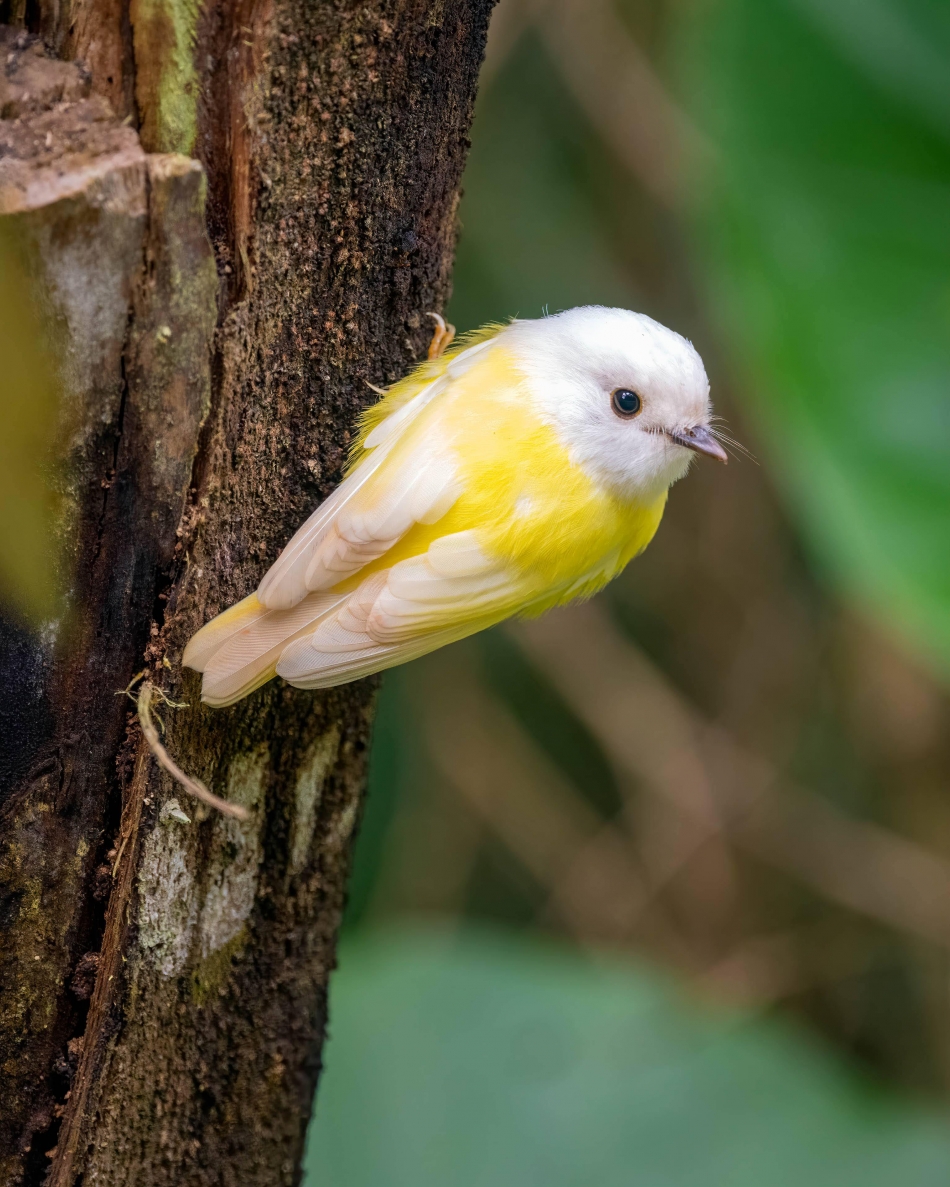
The pale-yellow robin makes a trilling call when displaying or defending its territory. The Pale yellow robin has an olive back, with a gray head and yellow belly, with a white patch just beneath the bill. Both males and females look very similar, weighing in at 15-18 grams. They go on to have yellow-orange legs and dark brown eyes. Juveniles of this species are a rufous color with pale streaks on their heads.
8 / 10
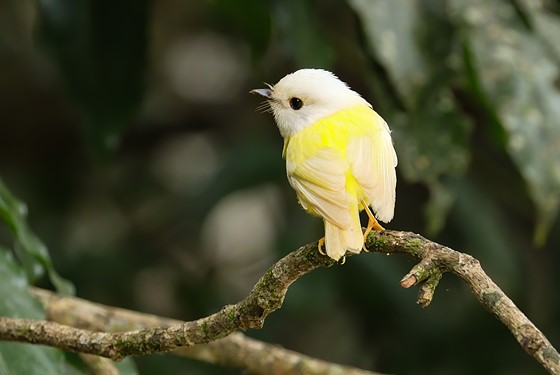
Said to be fairly subdued in appearance there is one extremely rare variation of this species that is spellbinding if you are lucky enough to see one. The Leucistic Pale yellow robin is similar to an albino, however, some pigment is retained in the eye, beak, feathers, and feet, creating an eyecatching little bird.
9 / 10
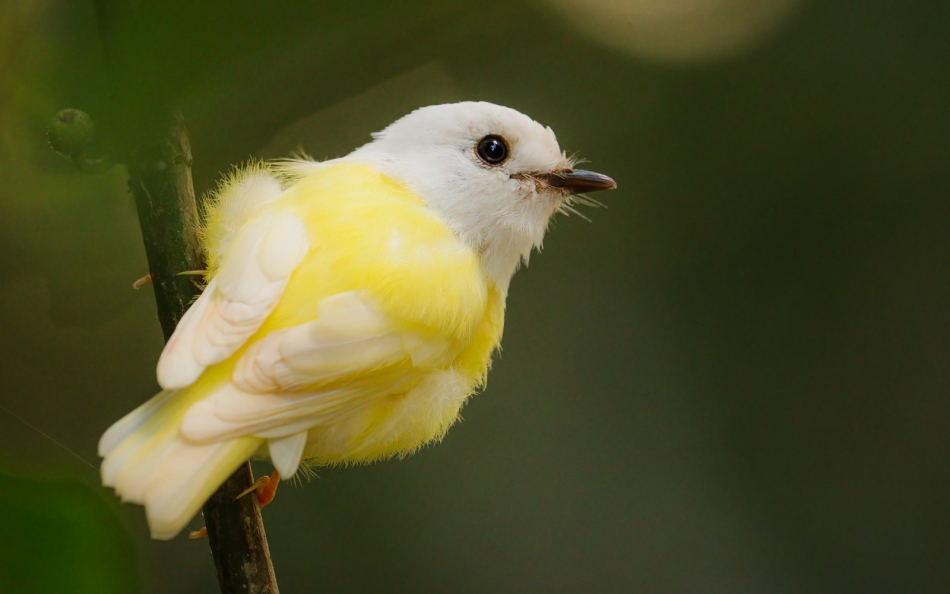
Pale yellow robins are found from Mount Amos to Pauluma in North Queensland, and from Cooloola to Barrington Tops National Park in New South Wales, Australia. This bird prefers to live in rainforested areas or dense eucalyptus forest where the lawyer vine grows. Here it likes to perch on low branches or tree trunks, from where it drops to the ground to catch its prey in the form of insects. Photo Courtesy of Instagram/birdsonearth
10 / 10
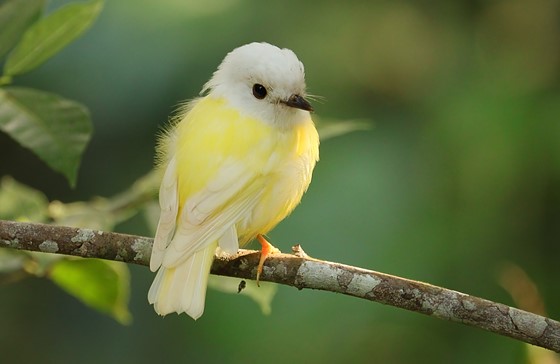
Breeding season runs from July through to December, with one or sometimes two broods. During this time a nest is built using the prickly bush lawyer vine, built around 30 feet above the ground. This species is not under any population threats at the time of writing this article. Photo Courtesy of Instagram/birdsonearth

